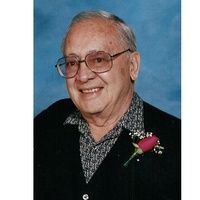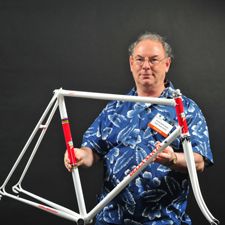Many years ago (Yes, I can say that, even though I am in Midlife!) I took my third multi-day bicycle trek, which also happened to be my first trip outside North America. Like many Americans on their first (and for some, only) European adventure, I started in London because Laker Sytrain (Remember them?) and a few other carriers provided flights to Gatwick that even newly-minted college graduates like me could afford. Also, I—again, like many other Americans—felt I could “ease in” to my journey by starting it in a place where people speak my language, more or less.*
After living on my bicycle for three months through four countries, I landed in Paris, where I would spend three years. When I came back to the States, I was convinced that I was a changed person. Indeed I was, though perhaps not for the reasons I thought I was.
The real difference, I now realize, between myself and my peers (around 25 years old) wasn’t so much that—as I believed at that I’d become less American or more European. If anything, my journey and stay highlighted the differences between me the people I met. For one thing, although the bike I rode—a Peugeot PX-10 with clincher wheels and tires—was considered good but not exceptional among my riding, training and racing partners and rivals, it seemed like a spaceship compared to most everyday European bikes of the time. But perhaps more important, even though my command of any language besides English was not rudimentary, to put it charitably, I could sometimes “go stealth” because I am visibly of European heritage. That, of course, is not possible for me or most Americans in any Asian culture.
The way my European sojourn changed me, I realized much later, had more to do with not following the expectations of my family or society: I did not go to graduate school (I would, however, do that later), take an entry-level corporate job or, as my father wanted, become a young military officer. That, in itself, made me more American than I was willing to acknowledge: Even in the most liberal parts of Europe, most young people followed, consciously or not, a proscribed narrative.
As much as I loved Europe—especially France—I knew I had to get to Asia, particularly India and Japan, some day. Back then, I had a vision (though not a real plan) to save money and work, whether by tutoring English or picking grapes, my way across two continents.
So, on the journey from which I just returned, I couldn’t help but to wonder what I would be like had I taken to my version of the Silk Road, whether on bike or by other means, or had I come to Japan for my first non-North American sojourn.
My guess is that what I would have encountered would have been very different from what I witnessed during the past couple of weeks. While I saw many people riding to and from work, school and other places and events in their daily lives, I suspect that Tokyo and other cities didn’t have the kind of bike culture one now finds there and in many European (and a few American) a cities. My bike probably would have stood out even more than it did in Europe.
(The bikes I rented in Tokyo and Kyoto were similar to machines people ride every day.)
But perhaps more importantly, simply to survive, I probably would have had to immerse myself in Japanese language and culture to an even greater degree than I had to learn European ways. That is not to say the Japanese are less hospitable; they simply express emotions and relate to their heritage (and that of others) differently from Westerners. Also, I get the impression that breaking away from expectations could result in more ostracism, and is simply more difficult, than in Western cultures.
Some of what I’ve mentioned may have to do with the Japanese language itself: There seem to be even more rules, implicit as well as explicit, than in say, French, which is less flexible than English. Could that be a reason Japanese pedestrians and cyclists, let alone drivers, do not seem to even think about crossing at red lights—and why Japanese cops don’t seem to have to do much to enforce traffic regulations?
Oh, and while temples, shrines, monuments and other sites are full of tourists, they feel more like little worlds to enter than boxes to check off on an itinerary. Some of that, of course, has to do with the fact that most visitors—Americans, anyway—know little or nothing about, say, the Shoguns but have at least heard of Michelangelo or Leonardo before going to the Uffizi or Louvre. Also, at many Japanese sites—even the non-religious ones—visitors must take off their shoes and even perform some small ritual or make an offering upon entering. This, I believe, delineates the “inner”and “outer” worlds and is a reason (along with hygiene) why Japanese people take off their shoes when entering their, or anyone else’s, home.
Of course I’ll never know what kind of person I’d be had I first visited and cycled in Japan during my youth rather than in midlife. But I am glad I finally got there, and have more to tell. (I didn’t want to make this post too long!)
*- I think it was George Bernard Shaw who quipped that England and the United States are two countries separated by a common language.































